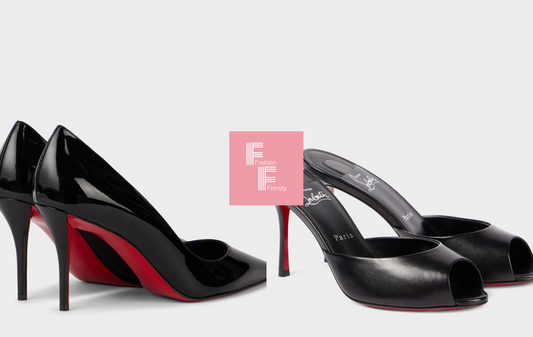Heat styling tools like curling irons, flat irons, and blow dryers can give us the gorgeous hairstyles we crave, but they can also wreak havoc on our hair if not used mindfully. If you've noticed split ends, frizz, or a lackluster shine, it's likely that your locks are suffering the consequences of too much heat exposure. No need to despair, though! There are several ways to restore your hair's health and vitality. Let’s delve into some effective strategies to repair heat-damaged hair.
Understanding Heat Damage
Heat damage occurs when the keratin proteins in your hair are broken down by excessive exposure to high temperatures. This process can leave your hair feeling dry, brittle, and devoid of its natural luster. Understanding the nature of heat damage helps us appreciate the importance of proper hair care routines.

Implementing a Gentle Hair Care Routine
To begin your journey of repairing heat-damaged hair, it’s essential to adopt a gentle hair care routine. Start by removing harsh hair products that can exacerbate damage. Look for sulfate-free, hydrating shampoos and conditioners that cleanse without stripping moisture. Incorporating a leave-in conditioner can also provide extra hydration and protection.
When washing your hair, keep the water temperature lukewarm instead of hot, as high temperatures can further weaken your hair. After washing, avoid vigorous towel-drying; instead, gently squeeze out the excess water using a soft microfiber towel or a cotton t-shirt. This will prevent frizz and further damage.
Regular Trims
Reduction of split ends and maintaining healthy hair can be achieved by scheduling regular trims. Aim to have your hair trimmed every six to eight weeks. While this may seem counterintuitive when you’re trying to grow your hair out, removing damaged ends will prevent future breakage and ensure that your hair looks healthier overall.

Deep Conditioning Treatments
Investing in deep conditioning treatments can be a game-changer for reviving heat-damaged hair. Choose products laden with nourishing ingredients like argan oil, coconut oil, or shea butter. You can also make DIY masks at home with ingredients like honey, yogurt, or avocado to restore lost moisture.

Apply these treatments at least once a week. For added benefits, consider using a warm towel or a shower cap to trap heat and increase absorption. Allow the mask to sit for 20-30 minutes before rinsing thoroughly to see noticeable results.
Hydrating Oils
Incorporating hydrating oils into your routine can work wonders in sealing moisture back into your hair. Oils like jojoba oil, argan oil, and almond oil can be applied to the ends of your hair to reduce frizz and add shine. Remember that a little goes a long way; just a few drops can suffice.
These oils not only provide hydration but also create a protective barrier against future heat damage. You can use them before styling or on dry hair to tame any frizz while enhancing overall shine.
Heat Protection

Using heat protection products before styling is vital if you cannot part ways with your beloved heat tools. Look for sprays, creams, or serums specifically designed to shield hair from high temperatures. Ensure that these products contain ingredients like silicones or polymers to form a protective film around the hair strands.
Before using any heat styling tool, apply the product liberally and evenly throughout your hair. This added layer of protection can significantly minimize the risk of heat damage.
Embrace a Heat-Free Styling Approach

Consider giving your hair a break from heat styling altogether. Embracing natural hairstyles can not only give your hair a chance to recuperate but can also allow you to explore various low-maintenance looks. Techniques such as braiding damp hair, using foam rollers, or trying out overnight hairstyles can create beautiful waves or curls without the heat.
Experiment with accessories like headbands, clips, and scarves to keep your style fresh and engaging. This not only helps in healing your hair but can also be a fun way to switch things up!
Nutritional Support
Don’t forget that healthy hair starts from within! A balanced diet rich in vitamins and minerals can contribute to hair health. Foods high in omega-3 fatty acids, biotin, zinc, and vitamins A, C, and E can promote stronger and shinier hair.
Incorporate foods like salmon, avocados, nuts, spinach, and eggs into your meals. Staying hydrated with plenty of water also plays a crucial role in maintaining overall hair hydration.
Final Thoughts
While it may take time and patience to fully repair heat-damaged hair, consistent care and mindful practices make a significant difference. By incorporating gentle routines, regular trims, deep conditioning, and protective measures, you can restore your hair’s health and shine. Remember to embrace your natural textures and give your hair the love it deserves! With commitment and care, your hair will be on its way to recovery and looking fabulous again.











